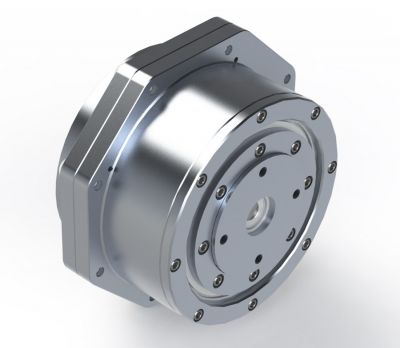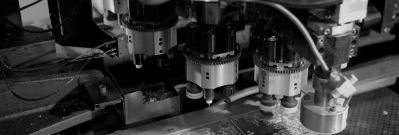ECM Prototypes Motors for Medical Devices
ECM has integrated its printed circuit board (PCB) stator technology within several medical devices. Recently, ECM prototyped motors for two very different medical applications. The first, built for a medical robotics company, actuates the elbow joint of an orthosis. The second prototype was designed with an international medical device OEM to show the advantages of integrating an ECM motor into their portable O2 concentrator.
ECM's PCB stator technology and optimization software, PrintStator, benefit the medical industry in many ways. The planar form factor and minimal axial thickness of this technology allows for small, lightweight motors for portable systems. ECM’s increased efficiency reduces energy cost and, for portable systems, extends battery life. ECM’s flexible form factor enables compact integration with a variety of torque multipliers creating systems with high torque density. Reduced raw materials and PrintStator’s utilization of well-established PCB manufacturing processes reduces cost and lowers environmental impact.
The 40W motor, which ECM designed and prototyped with PCB stator technology to actuate the elbow joint of an adult orthosis, reduced system size and increased capability. The concise combination of a harmonic drive and ECM’s axially thin motor created a low volume system with high torque density, enabling patients to wear a long sleeve shirt over top the brace and lift heavier items. ECM is currently collaborating with this medical robotic company to finalize system design.
ECM’s oxygen concentrator prototype reduced motor axial thickness by 60% and reduced system noise significantly. This compact solution required less raw materials and a reduced manufacturing cost compared to the current concentrator package. ECM is currently working with the OEM to optimize the design in order to capitalize on ECM’s motor advantages and further improve portability, reduce noise and minimize the cost responsibility of the patient.





